VIDEO: Vajrapani Vajra Armor Mantra: Supreme Protection of Dorje Godrab Vajrakavaca from Padmasambhava
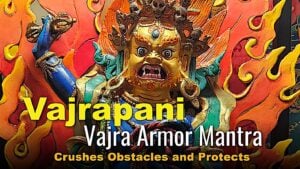
In Buddhism, why is the Vajrapani Vajra Armor Mantra, the kavacha or armor of Padmasambhava, famous for helping remedy 404 types of diseases? In what way can it provide protection from violence, sicknesses, bad omens, curses, and bad luck, especially those caused by spirits and evil harm-doers? What is the actual mantra, and can anyone use it? We explain the mantra and its power and how to practice, and end with a short Vajrapani Vajrakavacha or Dorje Godrab mantra.
CONTENTS of Video:
00:00-02:39 Why Vajra Armor Mantra is Famous for Protection
02:40-04:52Protection of Five Buddhas and Vajrapani
04:53-06:00Guru Rinpoche and Dorje Lingpa terma
06:00-07:19 No Permission Required for Vajrapani
07:19-09:15 Visualization of Five Colors of Light and Chakras
09.18-10:10 MANTRA pronounced three times
10:10-12:04 Mantra translation from Sanskrit and Context
112:04-13:34 How to Use the Mantra
13:34-20:10 Practice Recitation of Vajrapani Vajra Mantra
MANTRA:
Hum vajra phāt. Om padma sarva phāt. Nañ pār Śīk naga nañ.
Tadyatha.
Sarva vārita hana hana vajreṇa rakṣā rakṣā svaha. *
IN TIBETAN PHONETICS this can be slightly different. The above is the correct Sanskrit. The Tibetan phonetics are, as per FPMT:
HUM VAJRA PHAT
OM PÄDMA SHAWA RI PHAT / NÄN PAR SHIG / NAGA NÄN /TADYATHA/SARVABIRITA/ HANAHANA/ VAJRENA RAKSHA RAKSHA SVAHA
Note, there is no word Shawari in Sanskrit. There is the word Shavari, meaning “vehicle”, but this part in the marntra, in written commentaries it is translated as “all” which is “sarva” (sometimes people write sarwa) in a Sanskrit mantra.
Barita is Tibetan phonetics. The word in Sanskrit would be Varita (since the commentaries translate this as “obstacles), so this is strictly Tibetan pronunciation (for example Benza is Tibetan phonetics, Vajra is Sanskrit.) Hope that helps. You should, of course, do it as your teacher transmitted it.
NOTE: This video is an edited and corrected version of our previous video, which had Tibetan phonetic pronunciations on a few words. This version is Sanskrit. For example “Sarva” meaning all rather than shavari or shawari. And Varita rather than wirita.
–Hum vajra phāt are the seed syllables of Vajrapani.
–Om in Buddhism represents the body, speech and mind of the Enlightened Buddha.
–Padma is lotus, representing compassion and the lotus family.
–Sarva means all.
–Phāt means cut.
–Nañ means negative or nil.
–pār means karma of and Śīk means angry — so it means bad karma or negative karma.
–Nañ means negative and naga means the naga spirits who cause illness and disease. So, together, no naga spirits.
–Tadyatha means thus it is and indicates that what follows is the mantra.
–Sarva, again means all — here, referring to the Sanskrit Vārita which translates as hinderances. So, together all hinderances
–Hana hana means destroy or slay, here in the context of all hinderances.
–Vajreṇa means by his thunderbolt as the masculine instrumentative of the word vajra.
–Raksha Raksha means protect! protect!
–Svaha means everything is absolutely and completely successful and excellent! May all sentient beings reach the great enlightenment.
—So, together, more or less, this means: Hum vajra pat. I prostrate to the body, speech and mind of the Compassionate One. All negative karma and naga spirits are eliminated. Thus, All hinderances are destroyed, destroyed by his vajra. Protect! Protect! Success!
PRACTICE
The included Vajrapani short Puja with Vajra Armor has Refuge in the Three Jewels, Seven limbs of practice of a Bodhisattva (including offerings), merit accumulation with the mantra which protects, and dedication of merit for the benefit of all sentient beings.
For the full Sadhana, as a PDF, see our PDF downloads section, here>>
RESOURCES:
BUDDHAWEEKLY.com (over 1400 in-depth features!): https://buddhaweekly.com/
DHARMA CALENDAR (covering next 3 years!): https://buddhaweekly.com/dharma-calendar/
BUDDHA WEEKLY PRACTICE TEXT PDF DOWNLOADS: https://buddhaweekly.com/downloads/
BUDDHA WEEKLY ART DOWNLOADS FOR PRACTICE: https://buddhaweekly.com/dharma-art-galleries/
BUDDHA WEEKLY GURU RINPOCHE FEATURE SECTION: https://buddhaweekly.com/guru-rinpoche/
PLEASE SUPPORT our Spread the Dharma Mission as a Supporting member: https://buddhaweekly.com/support/
OR on PATREON as a PATRON: https://www.patreon.com/c/BuddhaWeekly
BEST BUDDHIST PRACTICES: For any meditation, mantra or contemplation it is always beneficial to start with your Refuge in the Three Jewels:
“I take refuge in the Buddha, Dharma and Sangha until I attain Enlightenment.”
If you are a Tibetan Buddhist or Vajrayana Buddhist you can also add in the Three Roots: “I also take refuge in Guru, Yidam and Dakini.”
At the end always make your Bodhichitta dedication:
“I dedicate the merit to the benefit of all sentient beings.”
These two, together with your meditation or mantra session and your heart-felt compassion, makes it a meritorious complete Buddhist practice.
#mantra #sanskritmantra #sanskrit_mantra #mantrayana #buddhistmantra #buddhist_mantra
#buddhism #buddhist #buddha #dharma #buddhadharma #buddha_dharma #spreadthedharma #spread_the_dharma #mahayana #mahayana_buddhism #buddhaweekly #buddha_weekly
#varjaarmor #vajrapani #vajra_armor_mantra #dorjegotrab
Benefits of Vajra Armor
Vajra Armor Mantra is a powerful and profound practice of protection. In Sanskrit this is the Vajrakavaca mantra. In Tibetan it is called Dorje Go-drab. The sacred sounds of the mantra manifests an impenetrable armor of five colors of pure light around your body: white, red, blue, yellow and green. This is the light of the Five Buddha families. With this mantra, you are protected not only by Vajrapani, but by all Five Buddha Families.
Especially, in years of strife, natural disaster, disease, and war, the protection of Vajra Armor mantra is recommended by teachers of many lineages.
Guru Padmasambhava Lineage
This sacred mantra, linked to Guru Padmasambhava, is renowned for its remarkable ability to provide a shield against negative influences and potential health threats. When recited with sincere intention and deep focus, the Vajra Armor Mantra is believed to harness divine energy, encasing you in an unseen layer of protection.
Regular practitioners often experience a revitalizing effect on both the physical and subtle body. This can promote well-being, serenity and a feeling of safety. The mantra protects the chakras and vital channels of the inner body from harm.
Vajra Armor for Bodily Protection
Just as physical armor guards against physical threats, the Vajra Armor Mantra defends the body from spirit threats, which are, in Buddhist tradition, often responsible for both illness and bad luck or misfortune. It can also protect against the negative intentions and curses of others.
By tradition, it creates an energetic barrier, a spiritual safeguard that also harmonizes the mind and body. If you find yourself drawn to this practice, integrating the Vajra Armor Mantra into your daily routine can be transformative, strengthening your resilience against both seen and unseen adversities and adversaries.
Although the practice originates from Guru Rinpoche and from a terma discovery of great Treasure Master, Dorje Lingpa, it was originally transmitted as just the mantra, and became famous for bodily protection against all harm.
In various lineages, the same mantra has yidam practices or sadhanas with either a form of Vajrapani, or as blue wrathful Guru Dragtro, who rides a nine-headed sow. The mantra is also associated with red Guru Dragpo, the wrathful emanation of Padmasambhava. Whether we visualize with the yidam Vajrapani, or Blue Guru Dragtro, or Red Guru Dragpo, the mantra is the same, as are the powerful benefits.
Vajrapani Practice of Vajra Armor: No Permission Required
If we practice with the Great Bodhisattva Vajrapani, generally no permission is required, and for this reason, we cover this as a practice here. In the Sadhana, Lama Zopa writes:
“When doing the short practice, unless one has received the empowerment of this aspect of Vajrapani, one cannot visualize oneself as the deity. Instead, visualize the deity in the space in front of you, of one nature with all your Gurus.”
In other Terma lineages, the practices may instead visualize Guru Dragtro. This is a great wrathful yidam with fire and light flashing everywhere. He is laughing and pins our obstacles with a great and powerful purba. He rides a nine-headed sow, and is surrounded by an entourage including Hayagriva, Vajrapani and Manjushri. This practice normally requires empowerment.
For the simple practice here, as instructed by Lama Zopa, we visualize wrathful Vajrapani in front of us, as a merit practice, with ourselves making offerings. He appears as dark blue Vajrapani, very ferocious, holding a vajra and lasso in his hands, standing on a lotus, surrounded by blazing wisdom light and wisdom fire. If you have the empowerment of this form, you can self-generate as you were instructed. If you are visualizing Guru Dragtro or Guru Dragpo, you visualize them instead, as instructed by your teacher.
Visualization for Protection
You visualize powerful five colors of light emanating from five main chakras of Vajrapani’s body, and entering the same five places on your body, surrounding you in a wall of protective light.
As you recite the mantra, five-colored light comes to your five places separately: white from the forehead, red from the throat, blue from the heart, yellow from the navel, and green from four finger widths below the navel.
You can visualize any negativities, illness, negative karmas and obstacles fleeing your body as the powerful five lights enter, seeing them as dark shadows or black sludge. Vajrapani’s power washes them away, then surrounds you with a protective armor of pure light.
Mantra
The mantra itself, three times is:
Hum vajra phāt. Om padma sarva phāt. Nañ pār Śīk naga nañ.
Tadyatha.
Sarva vārita hana hana vajreṇa rakṣā rakṣā svaha.
The mantra itself is a medicine and also armor. If you feel threatened you can chant it. Otherwise, if you’re seeking protection from harm or sickness through the day, or because you are ill, chant 108 times, as recommended by Lama Zopa, then blow on the surface of a glass of water, imagining the blessing flowing into the water. The water transforms into nectar. Then drink the water and visualize the purified nectar filling your body, and especially your inner body and channels.
When you do 108 repetitions, mentally dedicate the merit of 87 repetitions for purifying and protecting or armoring yourself, and the other 21 for the benefit of all sentient beings.
The shortest practice would be to Take Refuge in the Three Jewels, chant the mantra 108 times, blow on water, drink it at least three times a day, and dedicate the merit for the benefit of all sentient beings. A more formal practice, from Lama Zopa Rinpoche follows. If you do not have empowerment visualize Vajrapani in front of you. Recite along with us now.
I go for refuge until I am enlightened To the Buddha, the Dharma and the Supreme Assembly By my practice of giving and the other perfections, May I become a Buddha to benefit all sentient beings.
In front of me, arises glorious dark blue Vajrapani, the power of all the Buddhas, very ferocious, holding a vajra and lasso in his hands.
With his holy feet spread widely on a lotus and sun disc, he stands amidst a blazing transcendental wisdom fire. Now we accumulate merit with the 7 limbs of practice.
Vajrapani Vajra Armor Practice Recitation
I Prostrate and Take Refuge in Buddha, Dharma and Sangha, and to Vajrapani, until I attain Enlightenment for the benefit of all sentient beings.
I offer real and imagined flowers, incense, butter lamps, scent, food, music, and so forth. Assembly of Buddhas and Bodhisattvas, please accept them.
I confess all my faults from beginningless time until now, committed with a mind under the sway of the afflictions, such as the ten nonvirtues.
I rejoice in whatever merit has been accumulated in the three times by Hearers, Solitary Realizers, Bodhisattvas, ordinary beings, and others.
Please turn the wheel of the Dharma according to the intentions and mental dispositions of sentient beings.
Until Samsara is emptied, please do not pass into Nirvana but look with compassion upon sentient beings that are drowning in the ocean of suffering.
May whatever merit I have accumulated become the cause of Enlightenment for the benefit of sentient beings.
May all beings have happiness and the causes of happiness. May they be free from suffering and the causes of suffering. May they not be separated from the sublime happiness that is free from suffering. May they rest in the great equanimity that is free of the duality of attachment and aversion.
Thus we gather the accumulations through prostrating, offering, confessing, and generating the two types of bodhichitta of the preliminaries.
Now I accumulate wisdom, compassion and activity with the Vajra Armor mantra, visualizing the five colors of lights emanating from Vajrapani’s five chakras: white from the forehead; red from the throat; blue from the heart; yellow from the navel; and green from four finger widths below the navel. The light enters my own forehead, throat, heart, navel and lower chakra, blessing and protecting me.
Hum vajra phat. Om padma shvavari phat. Nan par shik. Na ga nan. Tayatha, sarva virita hana hana vajrena raksha raksha svaha.
By the power of praising and supplicating you, wherever I and others reside may illness, obstructive spirits, poverty, and fighting be pacified, and may the Dharma and auspiciousness flourish.
Vajrapani, Buddhas, bodhisattvas, and the Sangha, please heed me. From the great, beginningless Samsara, I and all beings have performed the virtue of cultivating generosity and ethical discipline and have rejoiced in the expression of these deeds. By the virtue practiced thus, with the mind of holy generosity, and for the sake of our parents, teachers, masters, and all sentient beings, may we achieve Buddhahood. By the merit arisen from this virtue, may we acquire all the perfections such as life, merit, enjoyment, a retinue, and virtuous practice, and may all obstacles be pacified without exception.
May I attain Enlightenment for the benefit of all sentient beings.
We dedicate the merit of this presentation to the benefit of all sentient beings.
2 thoughts on “VIDEO: Vajrapani Vajra Armor Mantra: Supreme Protection of Dorje Godrab Vajrakavaca from Padmasambhava”
Leave a Comment
More articles by this author
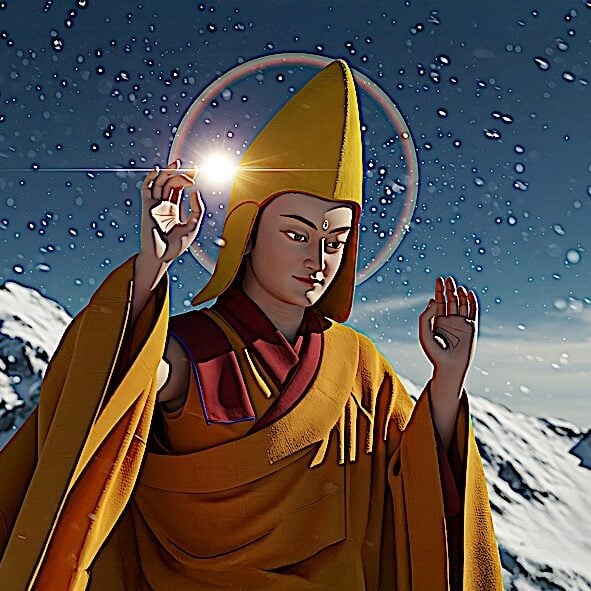
Lama Tsongkhapa’s Enlightened Wisdom, Compassion and Activity: Śrīmat Tsongkhapa Stutiḥ श्रीमत् त्सोङ्खप स्तुतिः – Sanskrit Migtsema Sung by @3GemsBand
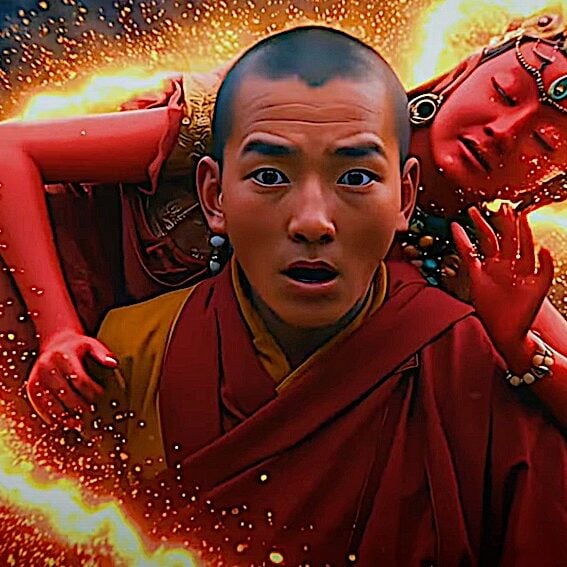
Why is Vajravarahi Practice so Powerful? Vajravarahi Vajrayogini Practice and Mantra: Practicing Buddhist Wisdom and Method Without Renouncing the Worldly
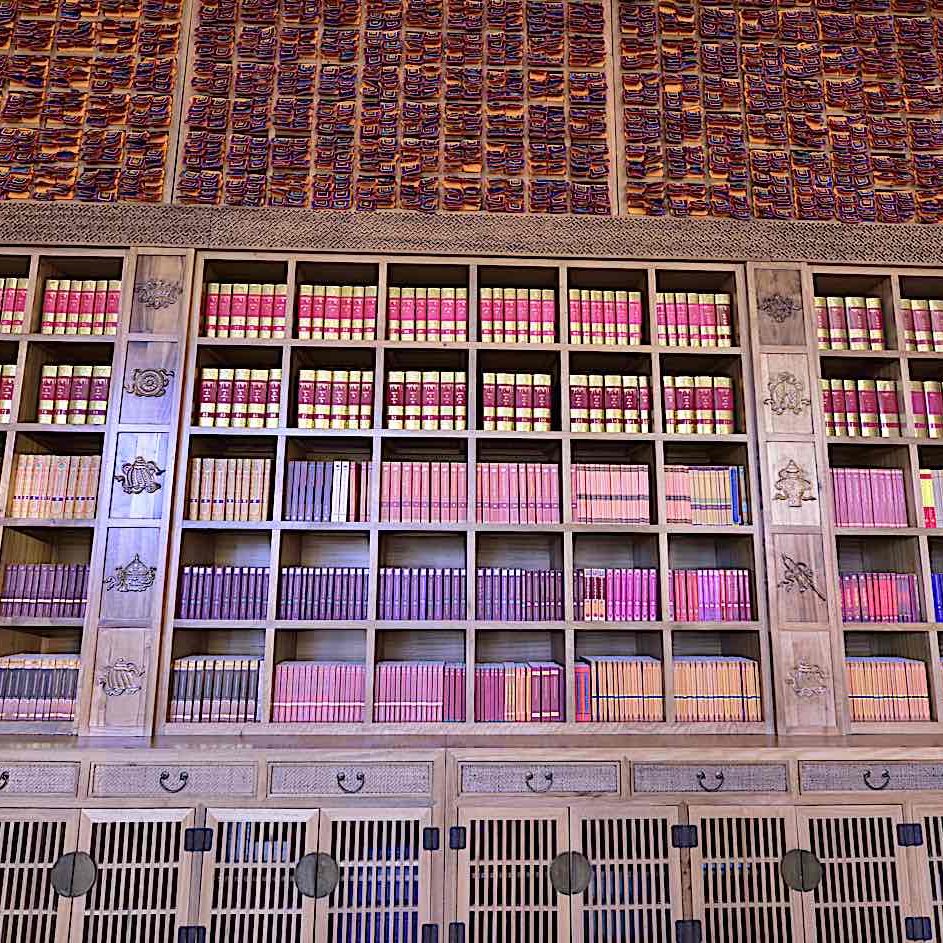
A Picture is NOT worth 1000 Words — the Buddha Dharma is a Tradition of Words — A Guide for Those Who Can’t Visualize (Aphantasia)
Search
Latest Features
Please support the "Spread the Dharma" mission as one of our heroic Dharma Supporting Members, or with a one-time donation.
Please Help Support the “Spread the Dharma” Mission!
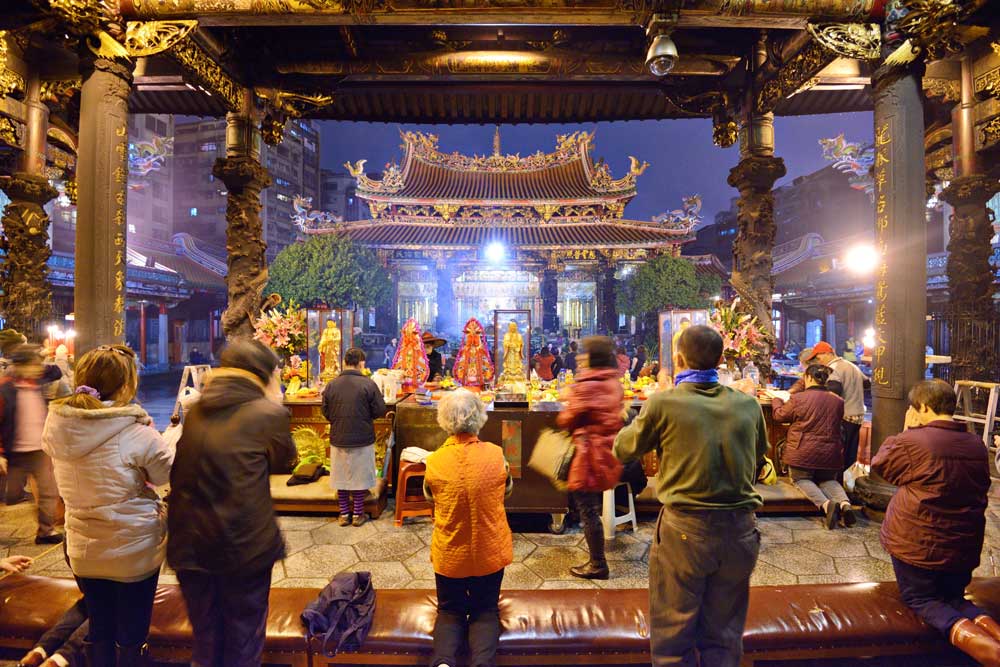
Be a part of the noble mission as a supporting member or a patron, or a volunteer contributor of content.
The power of Dharma to help sentient beings, in part, lies in ensuring access to Buddha’s precious Dharma — the mission of Buddha Weekly. We can’t do it without you!
A non-profit association since 2007, Buddha Weekly published many feature articles, videos, and, podcasts. Please consider supporting the mission to preserve and “Spread the Dharma." Your support as either a patron or a supporting member helps defray the high costs of producing quality Dharma content. Thank you! Learn more here, or become one of our super karma heroes on Patreon.
Lee Kane
Author | Buddha Weekly
Lee Kane is the editor of Buddha Weekly, since 2007. His main focuses as a writer are mindfulness techniques, meditation, Dharma and Sutra commentaries, Buddhist practices, international perspectives and traditions, Vajrayana, Mahayana, Zen. He also covers various events.
Lee also contributes as a writer to various other online magazines and blogs.
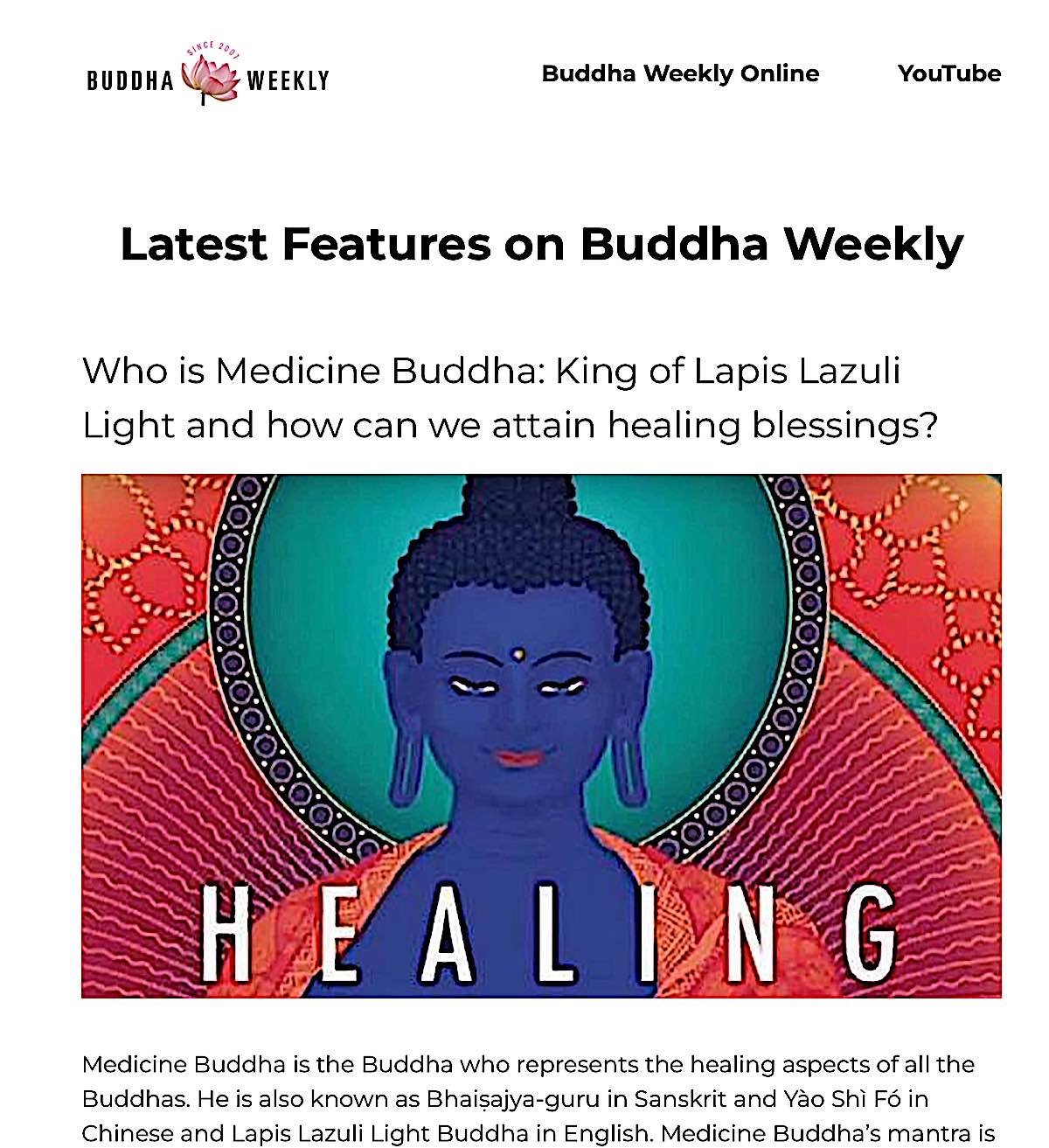
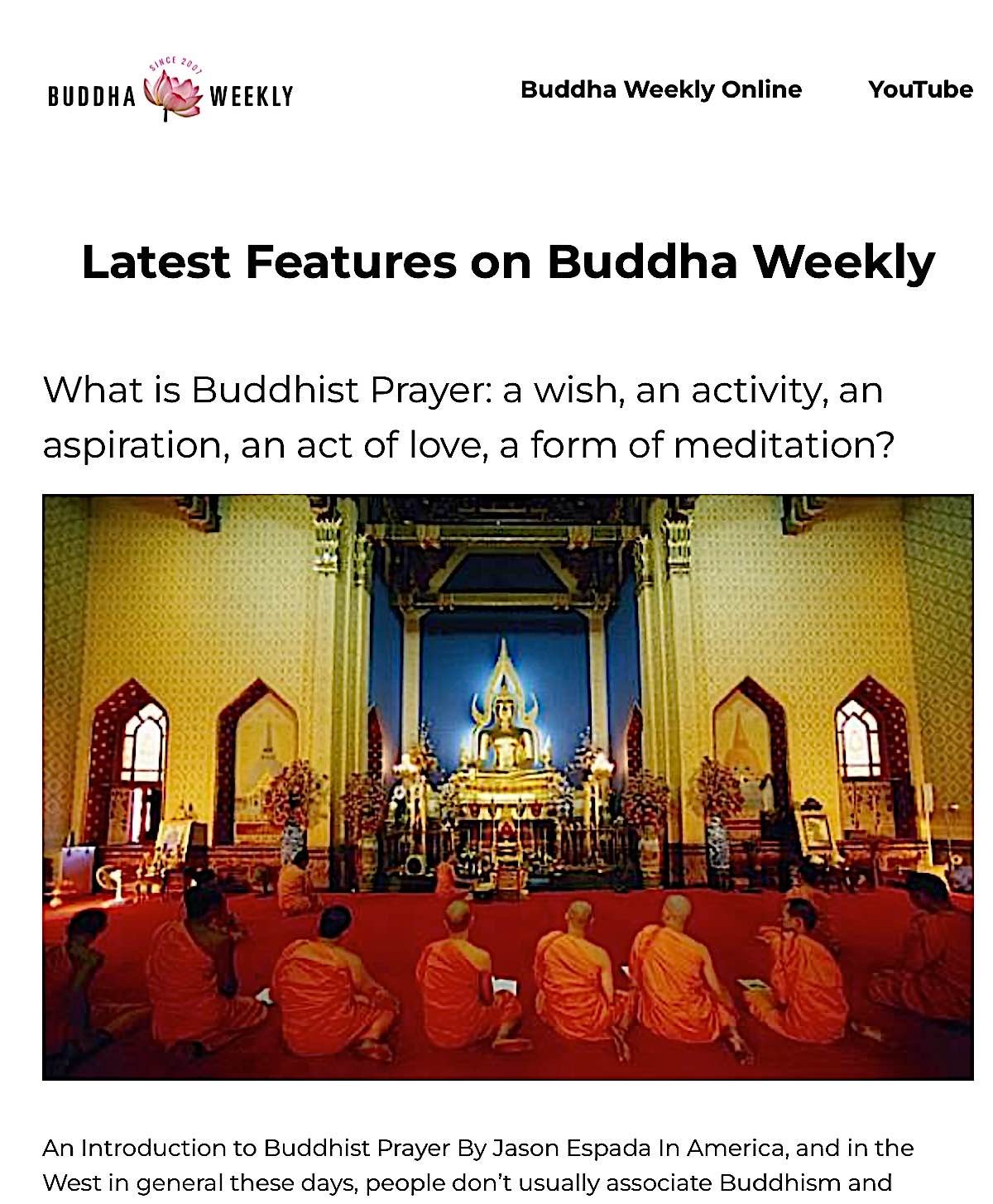



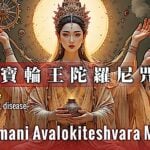
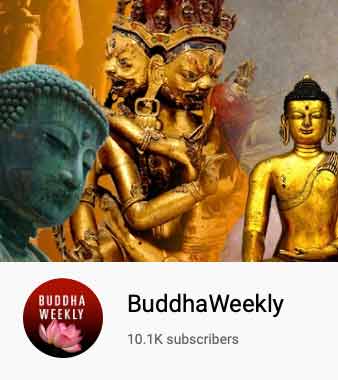
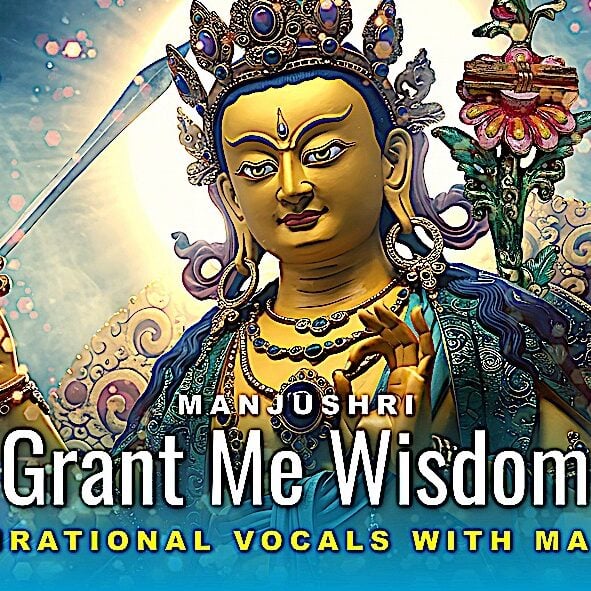

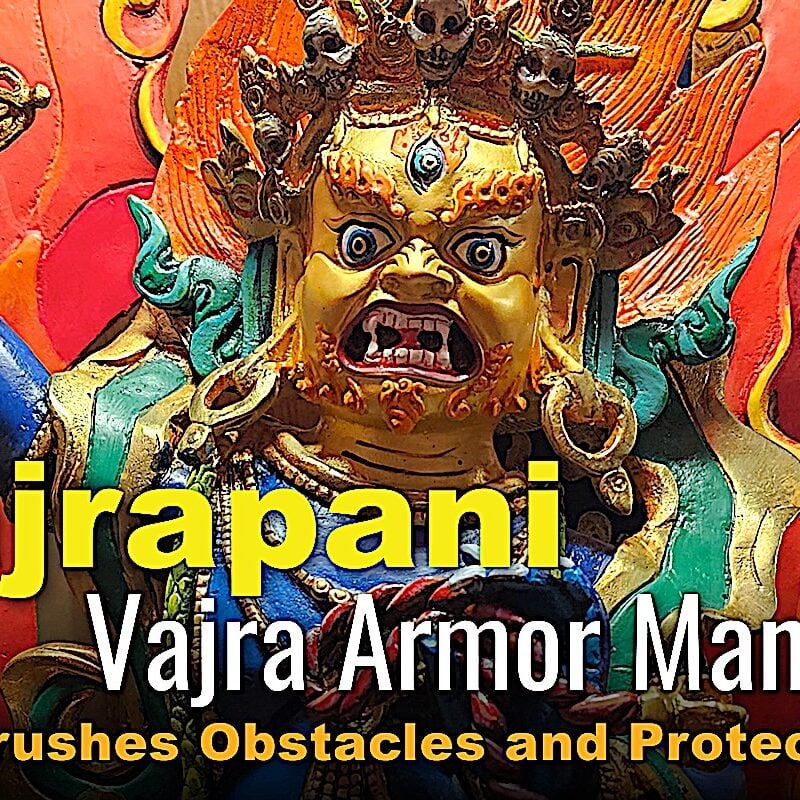
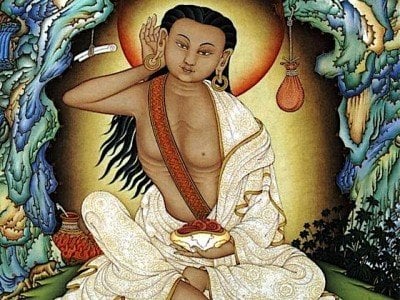
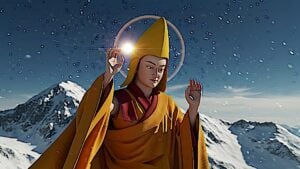
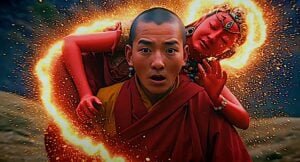
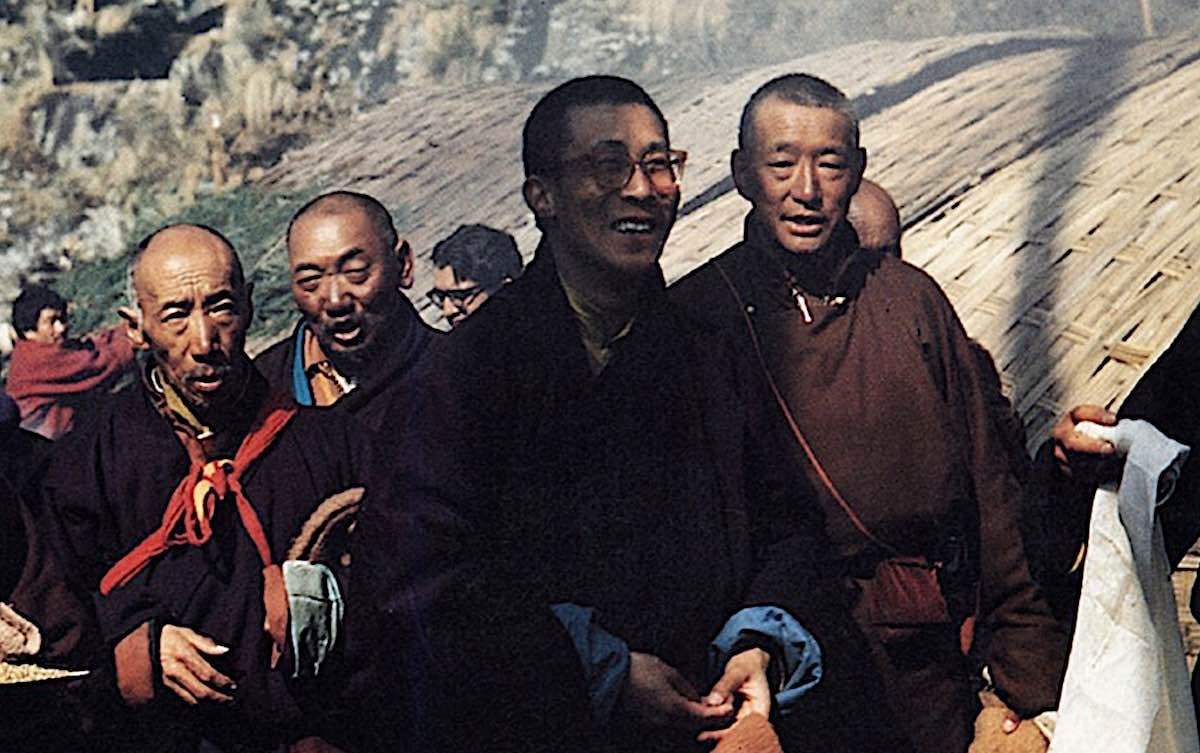
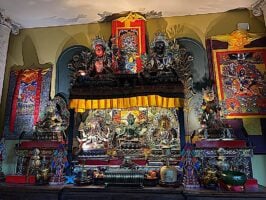
Please do give a correct version of the mantra.
Many words in the mantra are wrong
Please do the correction as many people blindly follow whatever u publish
Go to fpmt site and do the correction
Thank you for reaching out. We’ve researched this extensively. The version here is Sanskrit, which is the original language. The FPMT transmission is Tibetan phonetics, which is common. You should do it the way you’ve received it from a teacher. We’ve added this note to the video:
IN TIBETAN PHONETICS this can be slightly different. The above is the correct Sanskrit. The Tibetan phonetics are, as per FPMT:
HUM VAJRA PHAT
OM PÄDMA SHAWA RI PHAT / NÄN PAR SHIG / NAGA NÄN /TADYATHA/SARVABIRITA/ HANAHANA/ VAJRENA RAKSHA RAKSHA SVAHA
Note, there is no word Shawari in Sanskrit. There is the word Shavari, meaning “vehicle”, but in written commentaries it is translated as “all” which is “sarva” in Sanskrit mantra. Barita is Tibetan phonetics. The word in Sanskrit would be Varita (since the commentaries translate this as “obstacles), so this is strictly Tibetan pronunciation (for example Benza is Tibetan phonetics, Vajra is Sanskrit.) Hope that helps. You should, of course, do it as your teacher transmitted it. In kindness, Lee